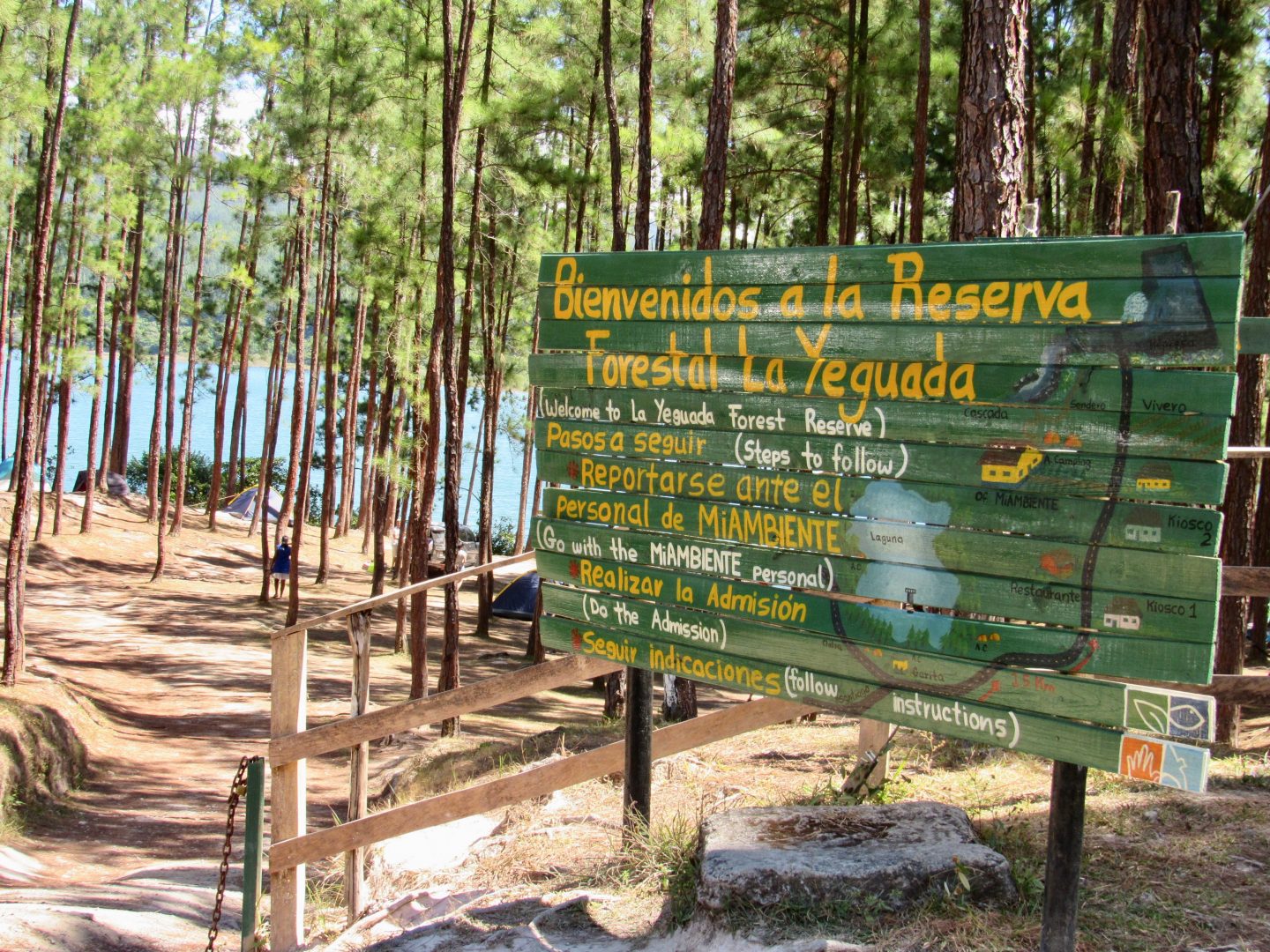Robbie Struckman is a native of Seattle, United States. 14 years ago he moved to Panama and bought land in Mariato in the province of Veraguas. He made Cabañas Torio with a restaurant in front of the beach of the same name and learned about the tourism industry by offering surf and fishing tours. Then he started his Finca Coco Mambo. If you want to visit you can stay in a hotel in Torio.

Many coconuts and other plants
Five years ago he decided that he wanted to get involved in the agricultural sector by having his own farm. He started a coconut plantation with 5,000 green dwarf palms. Projects in the Philippines and Brazil served as inspiration to do something similar but on a smaller scale. The water of young coconuts is sweeter and stronger. It also has pipotes that are more mature. Production has just started and he is already harvesting like seven thousand pipes each time.

He bottles them in Panama City but wants to start his own bottling plant with local partners. He will produce coconut rum called ‘Coconut Cartel’ that will be natural without artificial flavors.







24 varieties of pitahaya
The Ministry of Agricultural Development (MIDA) made a cooperation agreement with Taiwan years ago and brought pitahaya or dragon fruit. Robbie went to Capira and got some. In those times only the Chinese and few Panamanians had an interest in the fruit. He got seeds and seedlings to plant 50 plants. Now he has more than 400 at Finca Coco Mambo.



Some are sweeter than others and can weigh up to 1 kilo. Colors also vary from fuchsia, purple to white and yellow. They are not always the same color on the outside as on the inside. They have made hybrids to improve the characteristics of pitahayas.


Panama has native pitahayas of white and red pulp. Its scientific name is Hylocereus costaricensis. They are found in the trees, not in the soils, since they are an orchid family and at the same time they are cacti. The French discovered them when they were working to build the Panama Canal and began to planting them in their French colonies worldwide. They arrived as far as Vietnam in Asia.
In Costa Rica there is a lady who promotes pitahaya tourism with her farm Cayita Pitahaya. It offers many products like jellies, juices, desserts, beer and wine. People come at night since the plants bloom at night all at the same time about five times a year. She teaches them about the parts of the flowers and how to do manual pollination. Robbie wants to replicate the experience in Panama.

If you visit Finca Coco Mambo you can buy seedlings and fruits. He is advising local people who want to plant pitahaya, coconut palms or lambs since he would like people to diversify.

Agro Tourism in Finca Coco Mambo

The farm is on the left of Playa Reina and has an access through the mangroves. He wants to build a dock so that people can kayak through a kilometer and a half to reach a private beach. Just before the mangrove area, we stopped to see a forest reserve where white-faced monkeys, howlers and jujuná (which are nocturnal) live. It is rare to see them during the day but they stick their heads out of holes in the trees. Robbie says he has seen them almost every day for the last three years. You can also see them at Finca La Gira in the province of Panamá Oeste.

He raises tilapia and a few months ago harvested more than 10,000 fish. Now he wants to venture into shrimp. The farm has an aquaculture system with two tanks of 15,000 gallons. It also had quails but are they are not being reproduced right now. Lambs are fed grass and raised natural without antibiotics. Meat and hamburgers are sold locally; because of the quality people come to the farm. He is partnering with Amazilia Soap Lab in Torio who are making goat’s milk soap to sell.
Do not forget to visit Finca Coco Mambo periodically since Robbie’s imagination is always brings new things.





